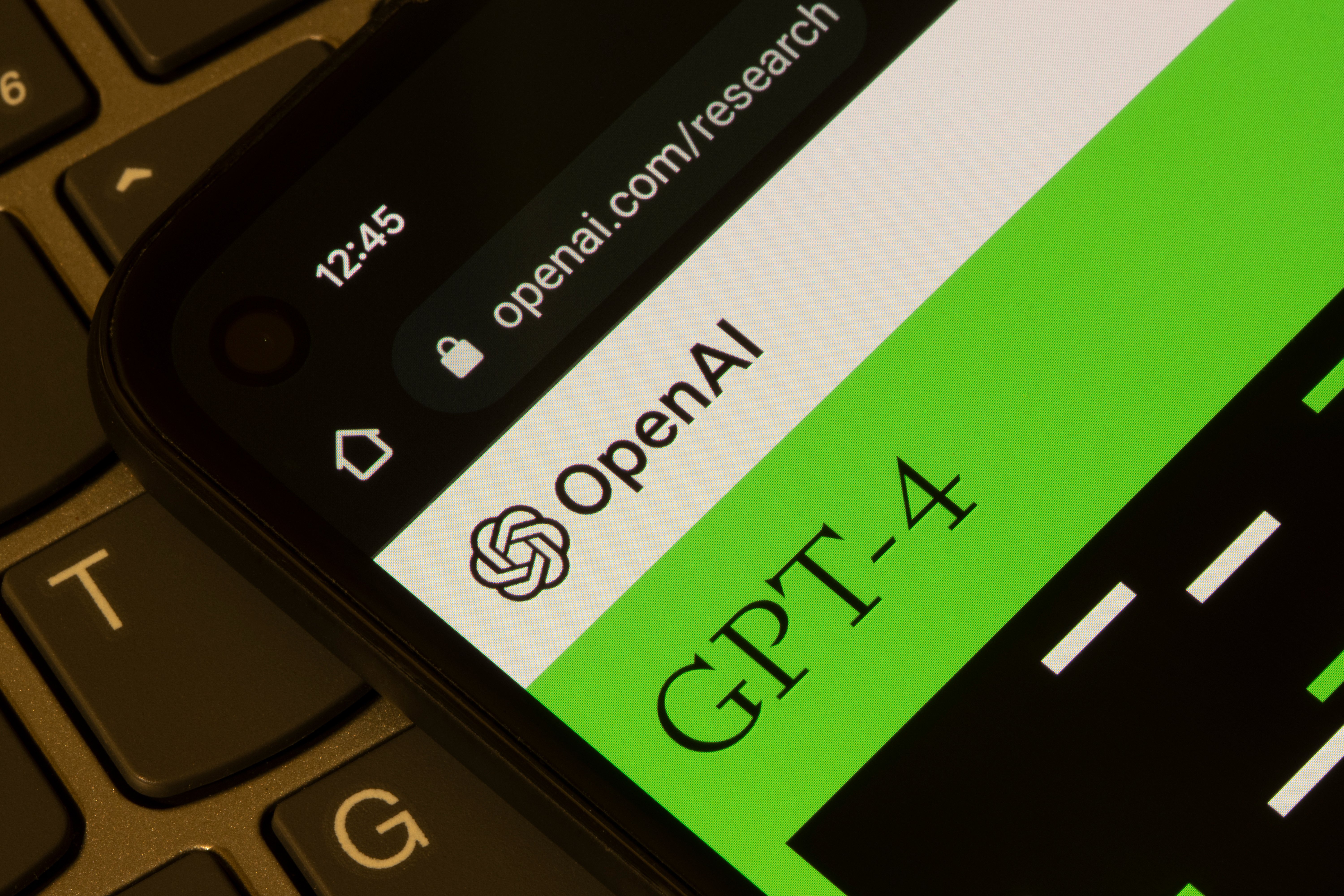What Is Data Analysis? Techniques and Tools Explored…
What does data analysis actually mean today - and why is it important? To understand this, it’s worth considering the context:
A recent survey of finance, retail and healthcare companies suggests that data volumes are increasing by an average of 63% per month. You may not be at those levels (just yet), but whatever your organisation’s size or sector, it’s almost certainly the case that the sheer volume and variety of data that you store and process has increased significantly over recent years.
This presents an opportunity. If you can harness at least some of that data, make sense of it - and draw conclusions from it, you have the chance to build up a valuable information bank. From this, there’s the potential to understand your business better, to improve performance, and perhaps even boost your organisation’s profits.
Here’s a closer look at the fundamentals of data analysis: what it means, what it’s for, and how you can start using it.

What is data analysis?
A fairly typical scientific definition of data analysis comes from the US government’s central research body: “Data analysis is the process of systematically applying statistical and/or logical techniques to describe and illustrate, condense and recap, and evaluate data.”
Here’s what this means in real life:
The process is systematic. In an organisational context, this means starting with well-defined goals to guide your data analysis - i.e. knowing what specific question you want to answer.
It relies on statistical/logical techniques. This enables minimisation of bias (it’s not about deciding on a course of action beforehand and then attempting to manipulate the data to support your conclusion!).
It recognises that data is a starting point. Data is NOT information. A data point is a raw fact (e.g. your company received a payment for £x on a given date). Analysis is what converts this data into information.
What are the main types of data analysis?

The nature and depth of information you get from data depends on the type of analysis you undertake. In data science, methods of analysis are often grouped into four main types: descriptive, diagnostic, predictive, and prescriptive.
What is descriptive data analysis?
How many new clients did you onboard last month? What was your revenue last quarter? What is the current average value of a customer’s purchase? Descriptive data analysis tells you what has happened, without attempting to explain why it happened.
This elementary category of data analysis is useful for providing a snapshot of performance across your organisation.
What is diagnostic data analysis?
With diagnostic analysis, the focus shifts to explaining why something happened; i.e. an attempt to identify the underlying causes of outcomes or trends. It relies heavily on root cause analysis (RCA), attempting to isolate the primary reasons for an observed set of circumstances. It also uses correlation analysis to examine the relationship between different variables.
For instance, descriptive data analysis tells you that on-time order fulfillment has dropped. Diagnostic data analysis tells you that delays are most heavily associated with a particular supply chain partner.
What is predictive data analysis?
Having established what happened, and the probable reasons why, predictive analytics tells you what is likely to happen next. Using data relating to past events, trends, and patterns, predictive data analysis relies on models to estimate the likelihood of future outcomes.
For example, maintenance logs provide details of how often key pieces of production-line equipment have required intervention. Using this as a foundation, predictive data analysis enables you to estimate when future failures are likely, and to plan your maintenance windows.
What is prescriptive data analysis?
Prescriptive analysis seeks to show you what to do, based on the data.
As one common example, most e-commerce platforms collect detailed information on customers’ buying and browsing histories. Based on this, you can establish which products are most likely to appeal to different customers. You can then configure the system to make personalised recommendations to site visitors, based on their previous behaviour.
What happens if we introduce a pay rise of zero, 5 or 10%? What if we spend 20% more on cloud computing, and reduce reliance on in-house servers? When faced with a problem, there are usually multiple courses of action to weigh up.
Closely associated with prescriptive analytics, most of the more advanced business intelligence and strategic planning tools enable you to conduct “what if” analysis. This equips you to explore different scenarios by adjusting data variables, and giving you the opportunity to visualise the likely outcomes.
Getting started: how to add data analysis in Excel
Can you do data analysis on Excel? The answer is yes. Useful add-ins to get you started include the following:
PowerPivot. A modelling tool designed to help you import datasets, identify relationships between figures, and create tables and charts.
Analyze Data in Excel (formerly Ideas). Inbuilt, easy-to-use data analysis feature capable of identifying trends, patterns, and outliers in your data. Highlights include a search bar function for submitting data queries.
Should you use Excel for data analysis?
Excel is one of the most widely-used business programmes in the world. If you’ve been using it for years, this familiarity can make it a good choice of platform to get started with data analysis.
However, it does have limitations as a data analysis solution. Excel is not designed to be used with very large datasets. There is no real error control. And while it can handle basic data analysis well (descriptive and diagnostic analysis), it tends to lack the more sophisticated capabilities needed for effective predictive and prescriptive analytics.
For both user-friendly and powerful data analysis, tech leaders should consider carefully whether self service analytics and dedicated data visualisation tools are a better fit for their needs.
The future: should I use ChatGPT or Gemini data analysis

It’s possible to take a dataset you want to analyse, upload it directly into a generative AI tool (ChatGPT, for instance) and ask it questions.
However, users should proceed with extreme caution here. The large language models (LLMs) that underpin the major gen-AI tools are generic; trained on massive unstructured datasets, and not designed specifically for data analytics. These solutions will always give you an answer - any answer - but not necessarily a correct one! In fact, one survey suggests that when it comes to giving answers for complex, relational datasets, ChatGPT “hallucinates” in 46% of answers.
But generative AI - and AI more generally - looks set to have a massive role in data analysis in the future. In fact, it’s here already. Take a look at the major data analysis solution providers (e.g. Tableau, SAP, Oracle and IBM - to name just a few) and you’ll see the following types of capabilities:
Natural language querying, enabling you to get answers from your data through a simple search bar.
Machine learning applied to detect patterns across datasets, with no ML knowledge required of the user.
Generative AI to assist with preprocessing of data, as well as for the preparation of detailed report summaries.
In short, AI is already making its presence felt in the realm of data analysis. But some of its best results are to be found incorporated into existing solutions.







Comments ( 0 )